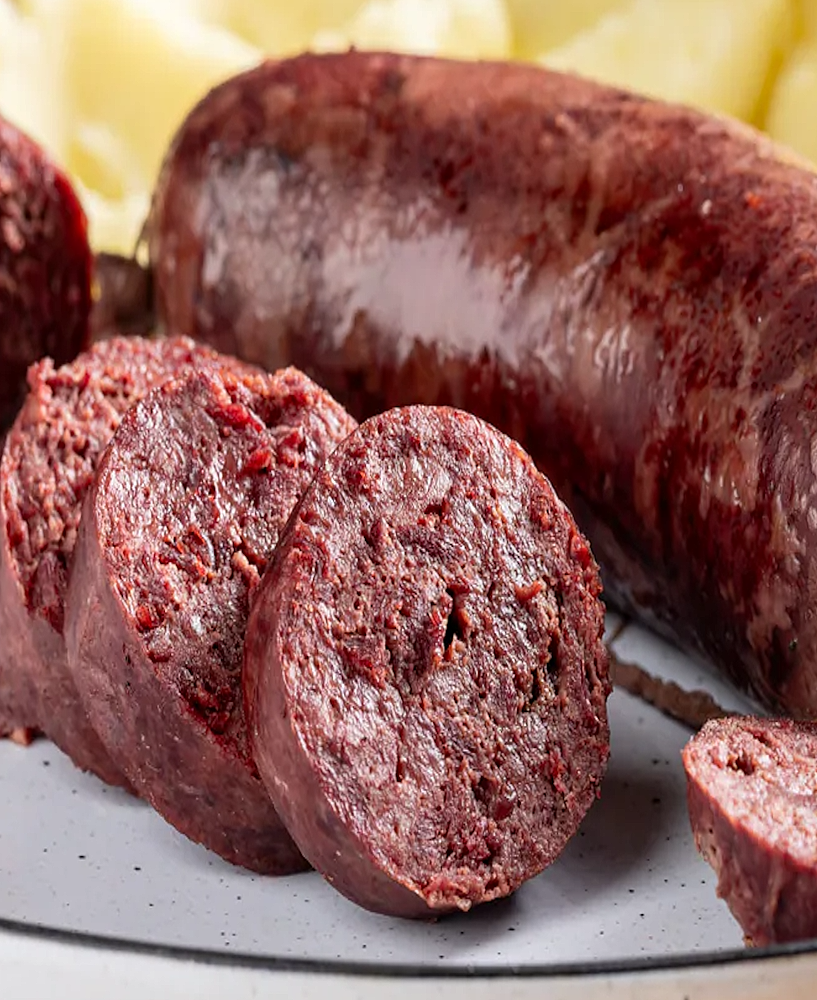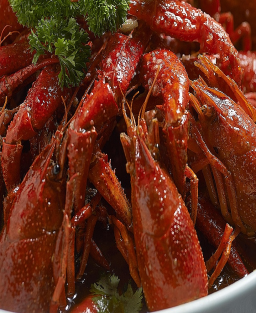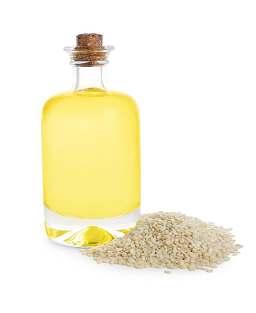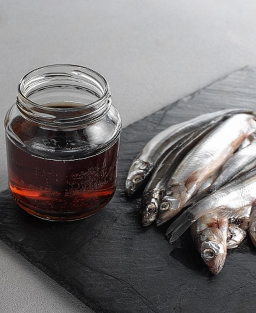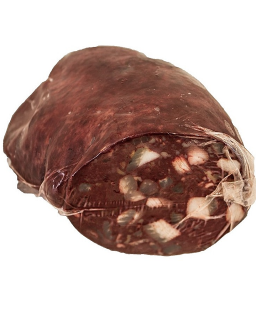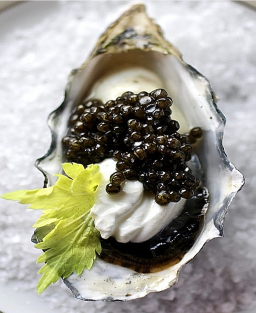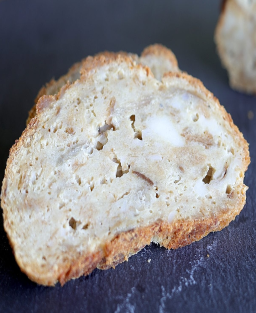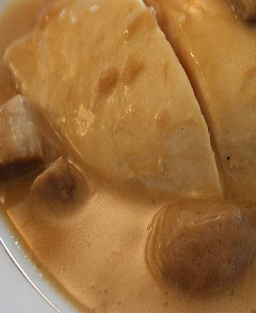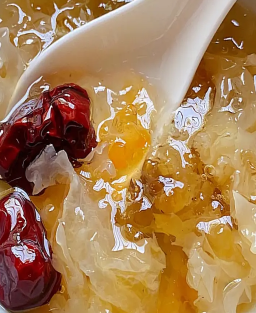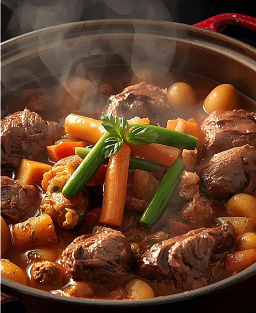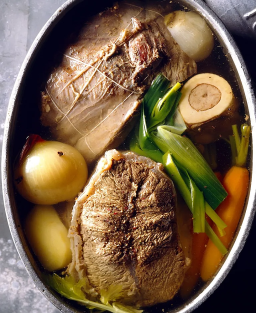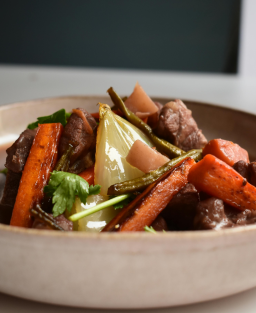Traditional and Modern Neapolitan Sanguinaccio Recipe, Iconic Italian Carnival Dessert with Unique Flavor
Traditional and Modern Neapolitan Sanguinaccio Recipe, Iconic Italian Carnival Dessert with Unique Flavor
Historically, sanguinaccio was not only served as a cream in ramekins. In some southern Italian regions, particularly Campania and Basilicata, it was prepared in the form of a sweet blood sausage.
In lo tempo de Carnevale, li populi gioiscono et festeggiano.
Li porci son tagliati et omni parte se usa.
Li doni et li dolci son preparati con gran cura.
Li famuli et li vicini condividono le vivande.
Li vini et le cibi son pieni de sapori e dolcezza.
Et così la festa dura in allegria et concordia tra li homini.
Anecdote:
« Quanno ‘o sanguinaccio è bbòno, ‘a festa è chiù dolce » — an old Neapolitan proverb meaning the dessert announced the joy and conviviality of Carnival.
Legend:
It is said that peasant families offered sanguinaccio to neighbors and children during the feast of Saint Anthony Abbot, sharing prosperity after the pig slaughter.
Discover the traditional and modern Neapolitan Sanguinaccio recipe, an Italian Carnival dessert, with pig’s blood or in cocoa-cream version.
Country / Region
-
Country: Italy
-
Region: Campania, Basilicata, Calabria
-
Recipe evolution: The original version used fresh pig’s blood, lard, pine nuts, and raisins. For health reasons, it evolved into a cream based on cocoa, milk, sugar, and spices, retaining its rich and festive flavor.
History
Sanguinaccio is an iconic dessert of southern Italy, originating from medieval peasant traditions. Every part of the animal was used, including pig’s blood, to avoid waste.
It was traditionally prepared during the pig slaughter in January, coinciding with the feast of Saint Anthony Abbot, protector of animals and rural arts. This period symbolized abundance and allowed poorer families to taste dishes usually reserved for wealthier classes.
Over time, the recipe adapted to health regulations and modern taste: the blood was replaced by cocoa and milk, but the dessert retained its dense texture, richness, and characteristic spices.
Signature chef versions: Gennaro Esposito (authentic, with pine nuts and raisins), Lidia Bastianich (American version with milk and chocolate), Salvatore De Riso (flavored pastry cream, modern version).
Recipe Description
Sanguinaccio is a dense, spiced cream, historically made with pig’s blood, pine nuts, raisins, and lard. Today, there is a modern version with cocoa, milk, and sugar, safe for home preparation while preserving the richness and aroma of the traditional dessert.
Traditional Pig’s Blood Version (6 servings)
Ingredients
-
Fresh pig’s blood: 250 ml
-
Sugar: 200 g
-
Unsweetened cocoa powder: 50 g
-
Milk: 100 ml (or cream)
-
Lard or butter: 50 g
-
Pine nuts: 30 g
-
Raisins: 30 g
-
Ground cinnamon: 1 tsp
-
Ground cloves: 1 pinch (optional)
-
Orange or lemon zest: 1 tsp (optional)
Professional Preparation
-
Filter the blood to remove clots and impurities.
-
In a saucepan, mix the blood, sugar, and cocoa to form a homogeneous paste.
-
Gradually incorporate milk or cream, whisking continuously.
-
Heat gently over very low heat without boiling to prevent coagulation.
-
Add lard or butter, pine nuts, raisins, cinnamon, cloves, and citrus zest.
-
Maintain on low heat until thickened.
-
Pour into ramekins or a serving dish, cool to room temperature, then refrigerate 2–3 hours before serving.
-
Preparation time: 15 min
-
Cooking time: 20–25 min
Modern Cocoa-Cream Version (6 servings)
Ingredients
-
Whole milk: 500 ml
-
Sugar: 100 g
-
Unsweetened cocoa powder: 40 g
-
Cornstarch: 20 g
-
Pinch of salt
-
Vanilla extract: 1 tsp
-
Cinnamon: 1/2 tsp (optional)
-
Dark chocolate or chips: 50 g (optional)
Preparation
-
Mix cocoa, cornstarch, sugar, and salt in a saucepan.
-
Gradually add milk while whisking to prevent lumps.
-
Heat over medium heat, stirring constantly until thickened.
-
Add vanilla, cinnamon, and chocolate if desired.
-
Pour into ramekins, cool at room temperature, then refrigerate 2 hours.
-
Preparation time: 15 min
-
Cooking time: 10–15 min
Presentation and Service
-
Serve chilled, decorated with cocoa, pine nuts, or biscuits.
-
Rustic version: individual ramekins.
-
Gourmet version: creamy dessert on a plate with candied fruit.
Regional Variants
-
Strict Neapolitan: with pine nuts and raisins.
-
Modern: without blood, cocoa and cream.
-
Gourmet: infused with rare spices and finished with Valrhona dark chocolate.
Tips and Advice
-
Stir constantly to avoid coagulation or burning.
-
Never boil.
-
Chef recommendation: use filtered fresh blood and whole milk for best texture.
Boudin / Sausage Form
-
Historically, the mixture was stuffed into natural casings like a sweet blood sausage.
-
Cooking: gently poached in water or warm milk at low temperature.
-
Presentation: after cooling, sliced for serving or stored in the fridge for a few days.
-
Modern variation: small chocolate “sausages” without blood to evoke tradition safely.
Nutritional Information (100 g, modern version)
-
Energy: 210 kcal
-
Fat: 12 g
-
Carbohydrates: 22 g
-
Protein: 5 g
-
Allergens: milk, cocoa, pine nuts
-
Adaptations: gluten-free (raisins), vegetarian guaranteed
Glossary
-
Filter: remove impurities and clots.
-
Thicken: cook until a creamy consistency is reached.
-
Lard: clarified pork fat used to enrich the dessert.
-
Ramekin: small individual baking or serving dish.







